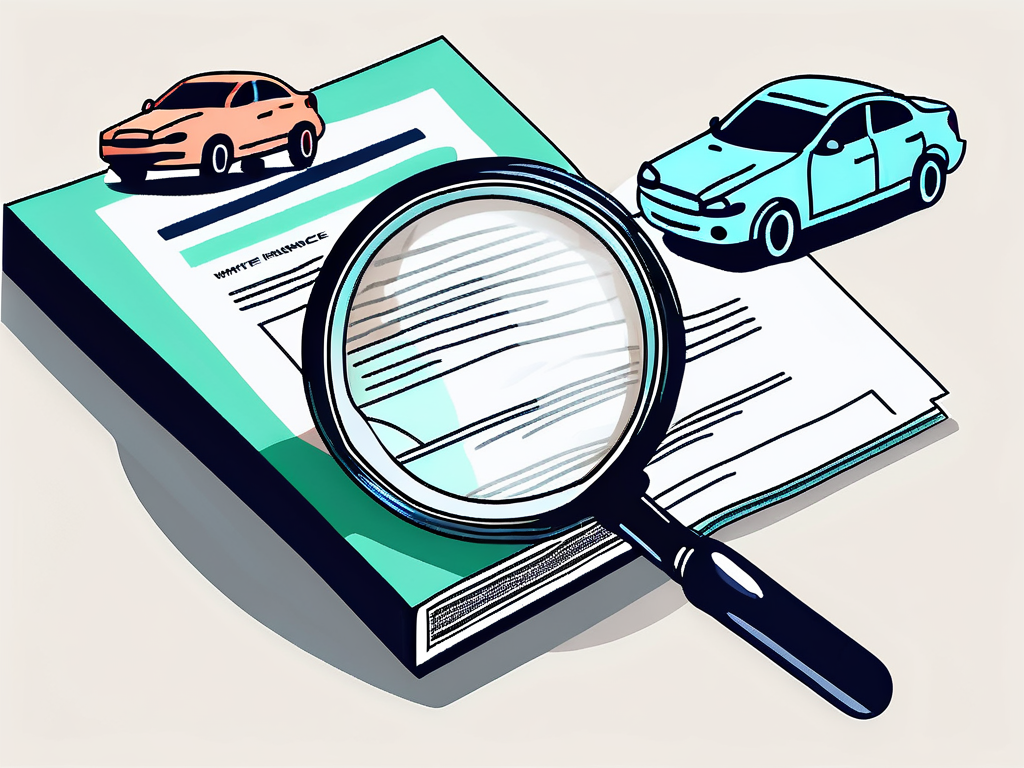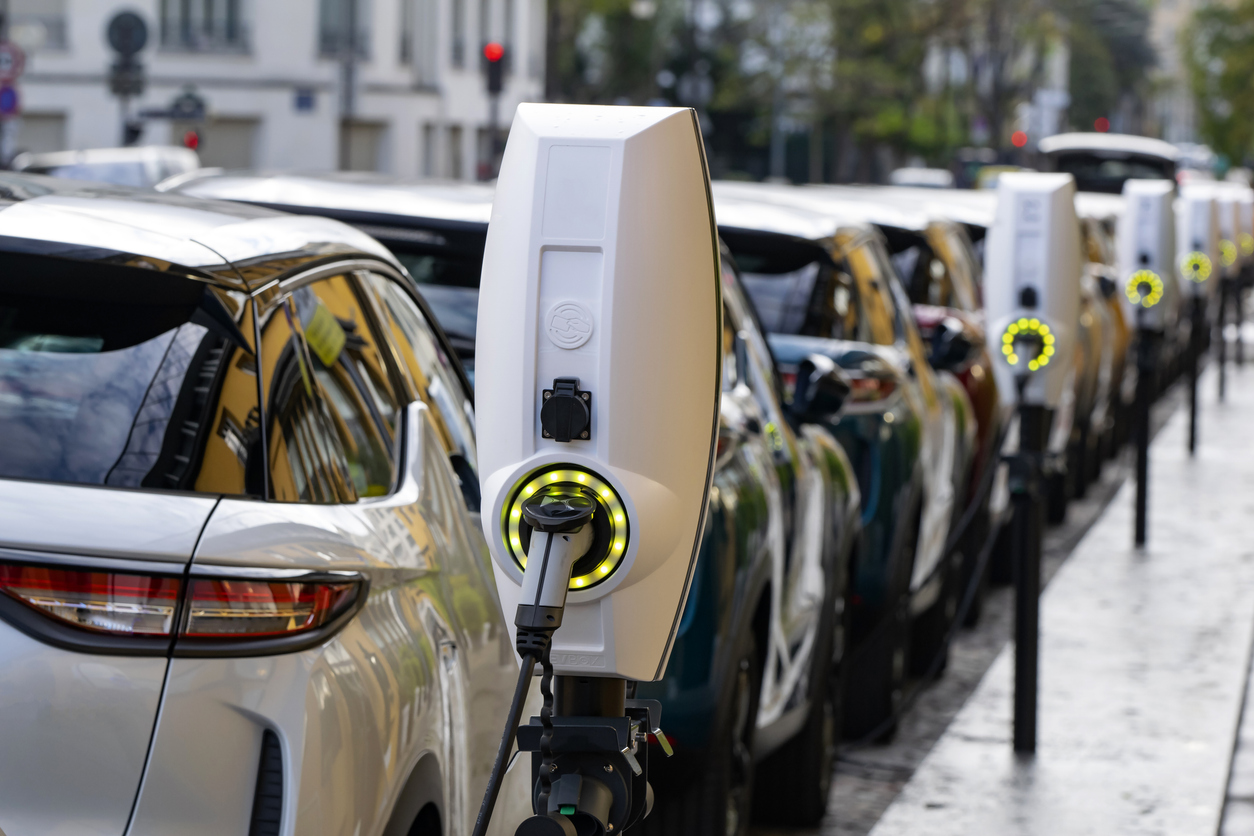Car insurance is an essential aspect of owning a vehicle. It offers financial protection against physical damage or bodily injury resulting from traffic collisions and against liability that could also arise from incidents in a vehicle. This article provides a comprehensive guide to understanding car insurance, its types, benefits, and how to choose the right one for you. If you start searching the options below, you can find the best deals for you.
Types of Car Insurance
There are several types of car insurance policies available, each designed to protect you in different circumstances. It’s essential to understand what each type covers to make an informed decision.
Comprehensive Car Insurance
Comprehensive car insurance is the most extensive coverage. It covers damage to your car from incidents other than collisions, such as fire, theft, vandalism, and natural disasters.
While it’s the most expensive type of car insurance, it provides peace of mind knowing you’re covered for a wide range of incidents.
Collision Insurance
Collision insurance covers damage to your car resulting from a collision with another vehicle or object. It also covers damage from potholes or from rolling your car.
It’s worth noting that collision insurance doesn’t cover damage caused by theft or vandalism, or damage due to weather and natural disasters.
Liability Insurance
Liability insurance covers the cost of injuries to others and damage to others’ property when you’re at fault in an accident. It’s typically required by law in most states.
There are two types of liability insurance: bodily injury liability and property damage liability. Bodily injury liability covers costs associated with injuries you cause to others, while property damage liability covers damage you cause to others’ property.
Benefits of Car Insurance
Car insurance offers several benefits, from financial protection to legal compliance. Here are some of the key benefits.
Financial Protection
One of the primary benefits of car insurance is that it provides financial protection. If you’re involved in an accident, the cost of repairs, medical bills, and other expenses can quickly add up.
With car insurance, you’re covered for these costs, saving you from potential financial hardship.
Legal Compliance
Most states require drivers to have at least some level of car insurance. By having car insurance, you’re not only protecting yourself financially, but you’re also complying with the law.
Driving without insurance can result in hefty fines, license suspension, and even jail time in some states.
Choosing the Right Car Insurance
Choosing the right car insurance can be a daunting task, given the number of providers and policies available. Here are some factors to consider when choosing car insurance.

Understand Your Needs
Before you start shopping for car insurance, it’s important to understand your needs. Consider factors such as your budget, the type of car you drive, how often you drive, and your risk tolerance.
For example, if you have a new, expensive car, you might want to consider comprehensive insurance. On the other hand, if you have an older car that’s not worth much, liability insurance might be sufficient.
Compare Quotes
Once you’ve identified your needs, it’s time to start shopping around. Get quotes from several insurance providers to ensure you’re getting the best deal.
Remember, the cheapest policy isn’t always the best. Consider the coverage, deductibles, and customer service of each provider when comparing quotes.
Read Reviews
Finally, before making a decision, read reviews of the insurance providers you’re considering. Reviews can give you a sense of the provider’s customer service and claims process.
Remember, a good insurance provider should be easy to contact, responsive, and fair when handling claims.
In conclusion, car insurance is a crucial part of owning a vehicle. It provides financial protection, ensures legal compliance, and offers peace of mind. By understanding the different types of car insurance and how to choose the right one, you can ensure you’re adequately protected.
















